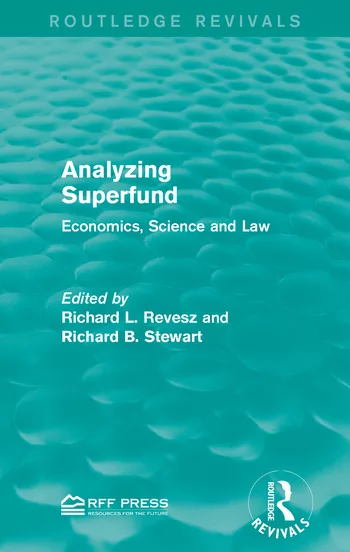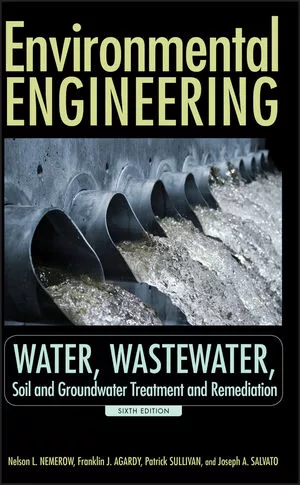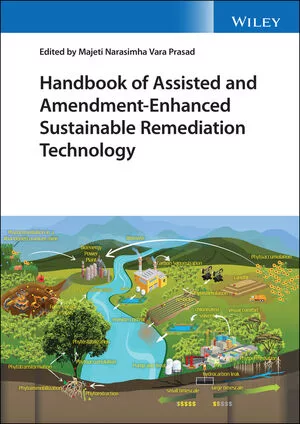Wayne State wins $11.3 million NIH Superfund award to address environmental health issues caused by VOCs
Wayne State leading a multi-institutional team investigating volatile organic compounds and vapor intrusion.
.webp?t=1720617285)
Art by Alexis Wright, WSU student
Wayne State University has received a five-year, approximately $11.3 million award from the National Institutes of Health to create a new Superfund Research Program, the “Center for Leadership in Environmental Awareness and Research (CLEAR).” The Center will be dedicated to understanding and mitigating adverse birth outcomes and serious developmental health problems that have been associated with urban environmental exposure to volatile organic chemcials (VOCs), a special class of pollutant found in the subsurface of post-industrial cities like Detroit.
VOCs are a group of aromatic or chlorinated organic compounds that transition to a vapor or gas. They are a source of indoor air contamination in the urban built environment. Commonly encountered VOCs include benzene, toluene, ethylbenzene, xylene, trichloroethylene and tetrachloroethylene. Nationwide, VOCs pose a potential threat to human health through a process known as “vapor intrusion.” Vapor intrusion occurs when man-made chemicals in the subsurface vaporize, rise through the subsurface, and ultimately migrate into overlying homes and buildings through structural cracks in walls, floors and building foundations. CLEAR will provide new methods for assessment, testing and mitigation to help reduce toxic exposures and improve health outcomes. It will also offer an important training component for Ph.D. students and postdoctoral fellows, providing them with an opportunity for hands-on field and laboratory research, microinternships, and a graduate certificate in urban environmental health.
Headquartered on the Wayne State University campus, CLEAR will focus on Detroit as the principal study site. The CLEAR team consists of engineering and biomedical scientists, educators, and community partners. Detroit has the highest preterm birth rate in the United States. The city also has a very large number of identified sites of environmental contamination (brownfields) with VOCs. The CLEAR team hypothesizes that VOC exposure through vapor intrusion early in life incites inflammatory responses in maternal tissues as well in the developing offspring that reprogram the developing immune system and other critical systems, setting the stage for preterm birth and/or associated adverse health outcomes.
The CLEAR research team is led by Melissa Runge-Morris, M.D., and Carol Miller, Ph.D., who also co-lead the One Health Initiative at Wayne State University. Physician-scientist Runge-Morris is the director of the Institute of Environmental Health Sciences/Center for Urban Responses to Environmental Stressors (IEHS/CURES) at Wayne State University. Engineer Miller is a professor in the Department of Civil and Environmental Engineering at Wayne State University and director of Healthy Urban Waters, funded by the Fred A. and Barbara M. Erb Family Foundation. The innovative CLEAR program integrates engineering and biomedical approaches to detect, quantify and eradicate the health risks that stem from environmental exposure to VOCs and their mixtures. The research team is made up of 31 faculty in six colleges and schools at Wayne State along with researchers from Henry Ford Health System, Michigan State University, Ann Arbor Technical Services, Inc., North Carolina State University and University of Florida.
“We will have five integrative environmental science and engineering and biomedical research projects that will investigate toxic mechanisms, exposure pathways, biomarkers and strategies to prevent exposures and improve public health outcomes,” said Runge-Morris. “This will include new detection methodologies including phytoscreening – a screening method used to identify bioactive substances in plants. In addition, we will integrate Internet of Things and edge computing for real-time contaminant detection, rapid-response, mitigation and remediation of toxins. We will apply advanced analysis methods and tools to determine the impact of VOC exposures on preterm birth and other adverse health outcomes.”
The CLEAR team recently published new evidence linking preterm birth outcomes in people to VOC pollution in Detroit. The study demonstrated positive associations between VOC exposures and adverse birth outcomes which have been noted in other studies in the United States, Canada, France, Brazil and Spain. The CLEAR team also have found a positive association between VOC exposure and maternal inflammation as well as changes in placental gene expression.
“Detroit has the highest minority population in the Great Lakes region with issues of numerous health and environmental injustices,” said Miller. “These are related to aging infrastructure and prevalent legacy contaminants. With the highest reported rate of preterm births in the U.S., it is critical to examine the etiologic factors that are playing a key role in this public health emergency. This study is critical to researching and developing new methods of assessment, testing and mitigation to reduce toxic exposures and improve health outcomes of our vulnerable community in Detroit as well as many other cities around the U.S. and the world.”
The project number for this National Institute of Environmental Health Sciences award is P42ES030991.






